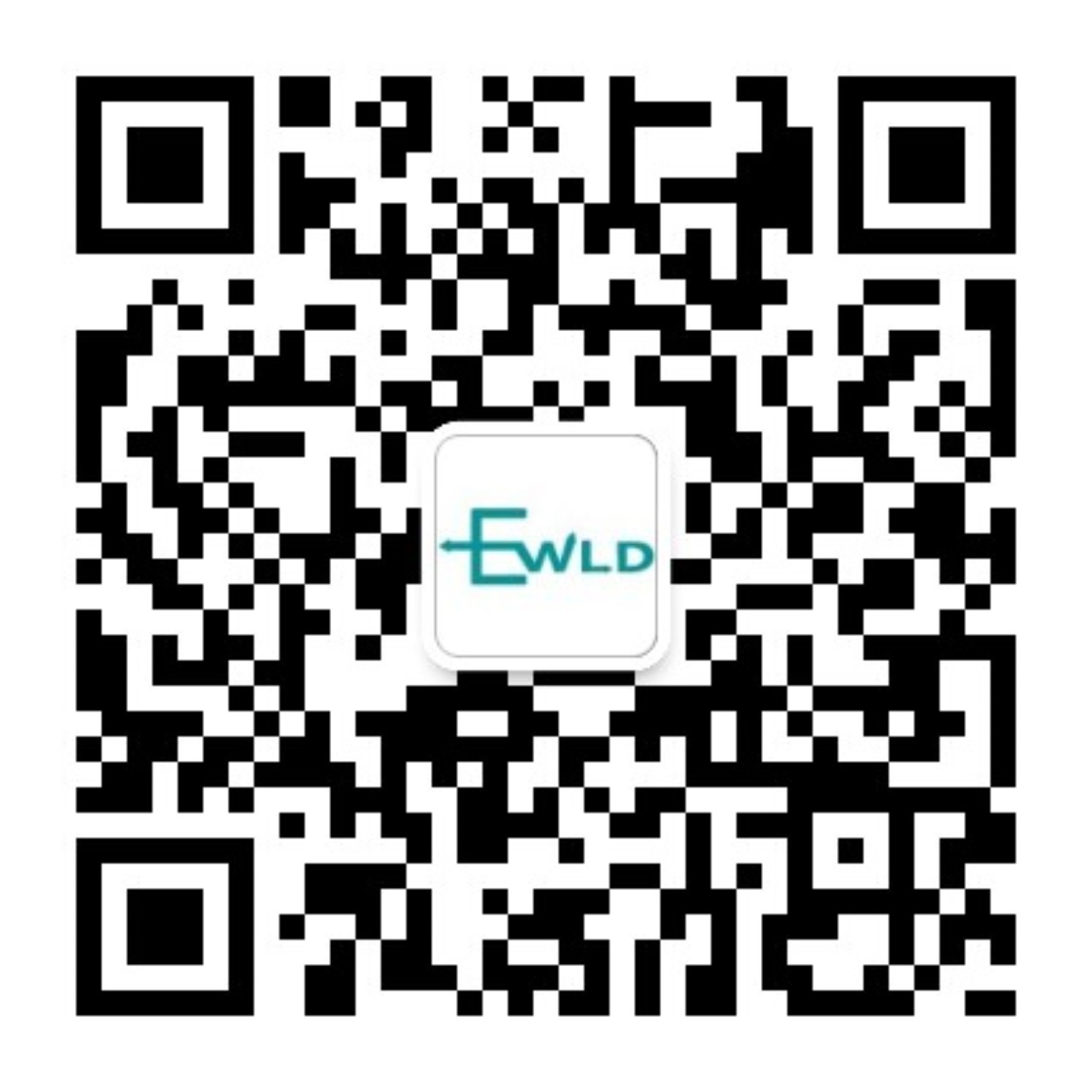### Unlock the New Power "Magic Weapon": A Thorough Understanding of Grid-Forming DCDC
In the wave of energy transition, the power system is undergoing profound changes. Renewable energy sources represented by solar and wind power are booming, and an increasing number of distributed power sources are being connected to the grid. However, this also brings new challenges, such as grid stability issues. Against this backdrop, grid - forming DCDC technology has emerged, becoming the "new favorite" in the power field. Today, let's take an in - depth look at this amazing technology.
## Traditional Dilemmas: Challenges Faced by the Grid with High - Proportion New Energy Integration
In the past, the grid mainly relied on synchronous generators to maintain stable operation. Synchronous generators can not only provide stable active power but also actively control the grid voltage and frequency by adjusting the excitation current, laying a solid foundation for grid stability.
However, with the large - scale integration of new energy, the situation has become more complex. New energy sources such as solar and wind power are volatile and intermittent. Changes in weather and the alternation of day and night will affect their power generation, leading to fluctuations in grid power. Moreover, most new energy power generation devices are connected to the grid through power electronic converters. These converters have very different characteristics from traditional synchronous generators and lack inertia response and voltage support capabilities. When the grid experiences faults, such as short - circuit faults, new energy power generation devices are difficult to respond as quickly as synchronous generators to support the grid voltage and frequency, which may cause a sharp drop in grid voltage, frequency fluctuations, and even lead to large - scale power outages.
## The Key to Breaking the Deadlock: Principles and Advantages of Grid - Forming DCDC
### Unveiling the Working Principles
The grid - forming DCDC converter is essentially a power electronic device that connects distributed power sources (such as photovoltaic panels and battery energy storage systems) to the grid. Different from traditional DCDC converters, it has the ability to "form the grid". Simply put, traditional converters only perform voltage conversion, while the grid - forming DCDC converter can actively participate in the regulation of grid voltage and frequency.
It uses advanced control algorithms to monitor real - time changes in parameters such as grid voltage, frequency, and power. When it detects that the grid voltage or frequency deviates from the normal range, it quickly adjusts its output, providing reactive power support to the grid to stabilize the voltage, or balancing the active power of the grid by adjusting the power output to stabilize the frequency. It is like an intelligent "housekeeper", constantly maintaining the stable operation of the grid.
### A Comprehensive List of Significant Advantages
- **Enhanced Grid Stability**: In the event of grid faults or significant fluctuations in new energy power, it can respond quickly, output or absorb power, stabilize the voltage and frequency, and effectively prevent grid collapse. For example, when wind power generation is high but the power consumption load is low, excess electrical energy can be stored in batteries; when the grid voltage drops, it immediately injects reactive power into the grid to raise the voltage.
- **Improved New Energy Absorption Capacity**: It can better coordinate new energy power generation with grid demand. By flexibly adjusting the power, it makes new energy power generation more in line with the changes in grid load, reduces the phenomenon of wind and solar curtailment, and increases the proportion of new energy in the power system.
- **Flexible Operation Modes**: It can operate in grid - connected mode to assist the main grid, and can also operate independently in island mode to supply power to local loads. This flexibility has obvious advantages in scenarios such as remote areas and emergency power supply. For example, in remote mountainous areas where it is difficult to supply power from the main grid, the grid - forming DCDC can use local solar or wind energy resources to form an independent microgrid to ensure the electricity supply for residents.
- **Reduced System Costs**: It reduces the dependence on traditional synchronous generators and lowers the costs of grid construction, operation, and maintenance. At the same time, it improves energy utilization efficiency, bringing considerable economic benefits to the energy system in the long run.
## Application Examples: Grid - Forming DCDC Shines in Reality
### Distributed Photovoltaic Power Stations
In distributed photovoltaic power stations, the grid - forming DCDC converter can connect photovoltaic panels to the grid. During the day, when there is sufficient sunlight and the power generation of photovoltaic panels is high, it may cause the grid voltage to rise. At this time, the grid - forming DCDC monitors the voltage change and automatically adjusts, storing the excess electrical energy in the supporting energy storage batteries to stabilize the grid voltage. When the sunlight weakens or the power consumption load increases, it releases the electrical energy from the energy storage batteries to ensure a stable power supply. For example, after a certain distributed photovoltaic power station applied the grid - forming DCDC, the range of grid voltage fluctuations was reduced from ±10% to ±5%, effectively improving the power quality.
### Energy Storage Power Stations
In energy storage power stations, the grid - forming DCDC is one of the core devices. Take a lithium - battery energy storage power station as an example. It controls the two - way flow of energy between the battery and the grid. During periods of low electricity prices in the grid, it stores electrical energy in the battery; during peak power consumption periods, it transmits the electrical energy of the battery to the grid, achieving peak - shaving and valley - filling. Moreover, when the grid fails, it quickly switches to the grid - forming mode to provide stable power for surrounding important loads. After a certain energy storage power station adopted the grid - forming DCDC, it successfully achieved millisecond - level response and continuously supplied power for 30 minutes during grid failures, ensuring the normal operation of important facilities such as surrounding hospitals and communication base stations.
### Microgrid Systems
A microgrid is composed of distributed power sources, energy storage, and loads, and can operate independently or be connected to the main grid. The grid - forming DCDC plays a crucial coordinating role in the microgrid. In grid - connected mode, it operates in tandem with the main grid to optimize power distribution; when the main grid fails, it quickly switches to island operation mode to maintain power balance within the microgrid. For example, in a microgrid constructed in an industrial park, the grid - forming DCDC was used to integrate the park's photovoltaic, wind power, and energy storage equipment, achieving an energy self - sufficiency rate of 70%, effectively reducing electricity costs and improving power supply reliability.
## Future Prospects: The Vast Outlook of Grid - Forming DCDC
With the growing global demand for clean energy, the proportion of new energy in the power system will continue to increase. As a key technology to solve the problems of new energy grid connection, grid - forming DCDC technology will have a broader development space.
On the one hand, technological innovation will continue to advance. Researchers are committed to improving the efficiency, reducing the cost, and enhancing the reliability of grid - forming DCDC. For example, by using new types of power semiconductor devices and optimizing control algorithms, its performance can be further improved. On the other hand, the application scenarios will continue to expand. In addition to the common scenarios mentioned above, grid - forming DCDC will also play an important role in fields such as electric vehicle fast - charging stations and offshore wind farms. In electric vehicle fast - charging stations, it can stabilize the grid voltage and prevent impacts on the grid during the fast - charging process; in offshore wind farms, it can cope with the complex marine environment and ensure the stable transmission of wind power.
In conclusion, grid - forming DCDC technology is injecting new vitality into the safe, stable, and efficient operation of the power system, leading the energy transition to new heights. Let's look forward to its even more brilliant future and its contribution to building a green and sustainable energy world.










